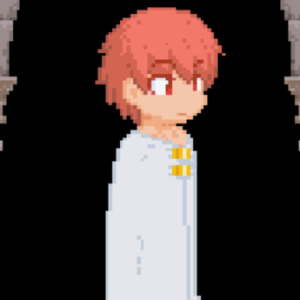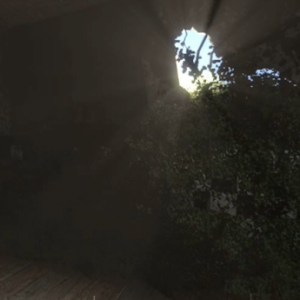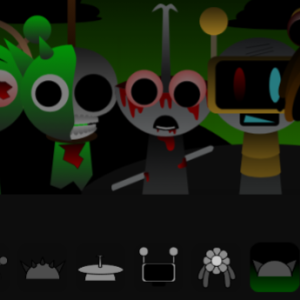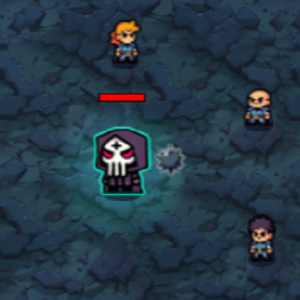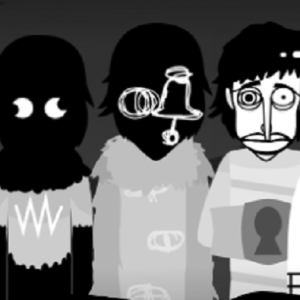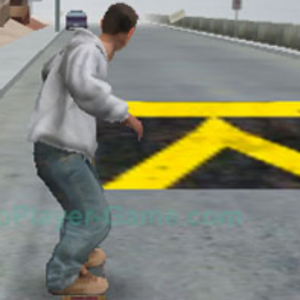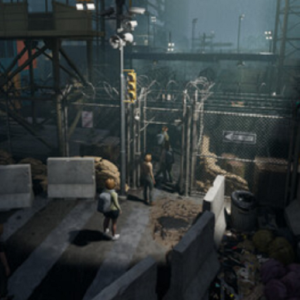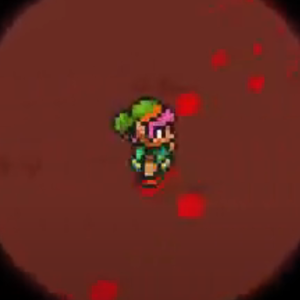Similiar games
Castle Of Temptation is a side-scrolling exploration game set in a gothic fortress filled with traps, secrets, and unpredictable encounters. The player controls a lone traveler drawn to the castle by an unknown force. The goal is to reach the deepest chamber, but every step forward presents a choice—risk safety for progress, or retreat to recover. The game encourages slow movement and observation, as danger often appears in places that seem safe. Each room introduces new patterns and interactions that must be studied before passing.
Exploration and Environmental Triggers
Movement through the castle requires caution. Pressure plates, false floors, and timed walls challenge the player’s ability to observe before acting. Some hazards activate only after repeated passes through an area, while others change depending on the time spent in a room. Puzzles are tied to environmental cues like lighting or background symbols. Many rooms loop or reconfigure based on player behavior, creating a sense of disorientation that can only be overcome through careful attention and experimentation.
Interactive Elements and Core Mechanics
Castle Of Temptation builds its experience on a set of interactive features:
- Levers and switches that alter room layouts
- Enemy patterns that reset based on player hesitation
- Temporary invincibility items hidden in secret alcoves
- Pressure-based puzzles that depend on object placement
- Locked paths that only appear after multiple visits
These mechanics create a layered structure, where each decision can reveal or block a possible route forward.
Atmosphere and Hidden Consequences
The game’s tone is quiet and tense. Sound is limited to footsteps, shifting stone, and occasional whispers that suggest unseen movement. Visual cues are subtle—torches dim without warning, and shadows shift against the walls. As players descend deeper, the environment becomes more reactive, sometimes punishing players for returning to earlier areas. Not all threats are immediate; some effects, like curses or environmental changes, only take hold after specific interactions, making consequences feel delayed and difficult to predict.
Learning Through Failure
Castle Of Temptation is built around repetition and memory. Each failure teaches the player more about the environment’s logic. Rooms that seemed disconnected begin to reveal relationships, and hidden exits become easier to spot on repeated runs. There is no permanent upgrade system, but information gathered through exploration serves as the real tool for advancement. The game encourages players to balance curiosity with restraint, making each run a test of patience, awareness, and trust in their own observation.


